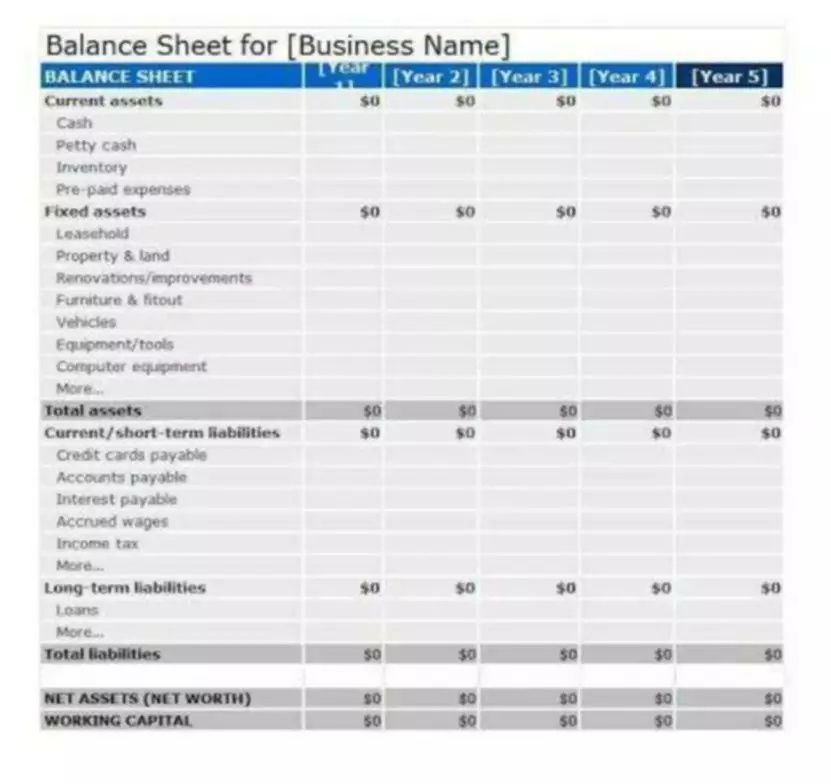Content

So, the laws of the country may require the Completed Contract Methodor to follow the percentage completion method subject to few exceptions. On assets, cash decreases by Rp220 in the first year because the company spends it on construction costs. To keep the financial position balanced, the company reports a construction-in-progress account of Rp220. The contract is completed when all parties agree, and the company sends or submits the results to the contractor. The percentage of completion method is advocated for by the IRS for long term construction or manufacturing contract projects.
Furthermore, if a business seeks outside investors, it can be challenging to prove to them the value of the company during times of little-to-no incoming revenues. The completed contract method, however, is still the most conservative accounting method for companies working on long-term contracts. This method is often used by contractors averaging less than $27 million in annual revenues. With this method revenue, expenses and gross profit are deferred until the completion of the contract. The advantage of using this method is that it allows for the maximum deferral of income taxes as revenue is not taxable until the job is completed.
Construction Project Delivery Methods Compared
There’s a reasonable chance the contract won’t be completed or collected. Make the journal entries in respect of the above transactions for the 3 years. Here, the biggest challenge is to calculate the percentage of work completed. The biggest disadvantage is uneven revenues or results of operations of the entity. The practice of retainage, aka retention, has a tremendous impact on the construction industry.
The estimated costs were $500,000, and the contract duration was three years. Choosing what method is right for your company can be complex and can play an integral role in your company’s success. It is critical to know the distinction between the various accounting methods for both accurate financial reporting and tax compliance. Often time the best answer is a not a simple yes or no, but a strategy developed just for you. Don’t feel like you need to do it alone, let one of Corrigan Krause’s construction experts help you build success and a great future. Other types of construction contracts qualify for the completed contract method if they satisfy the general CCM requirements.
The Struggles of Private Company Accounting
The contractor observes some inherent problems or deadlocks in the contract & he is uncertain about the exact period of completion of a contract. This article is the ultimate guide for construction lien waivers including essential information and… The principal advantage is that the revenue reported is based on the actual results and not based on the estimates.
Also, since revenue recognition is postponed, tax liabilities might be postponed as well. However, expense recognition, which can reduce taxes, is likewise delayed.
What is the difference between percentage of completion method and completed contract method?
Both under https://www.bookstime.com/ and GAAP, companies postpone tax obligations during the contract because they do not report profits. If it is added to the previous year’s cash of minus Rp220 and the cash payment of Rp400, the company’s cash position increases by Rp100 in the second year.
Murray & Roberts Cementation hits shaft sinking milestone at Palabora – International Mining
Murray & Roberts Cementation hits shaft sinking milestone at Palabora.
Posted: Mon, 20 Feb 2023 12:25:19 GMT [source]
It’s the preferred method for short-term contracts and residential projects because of its simplicity and the ability to shift costs and tax liability to the end of the project. The completed contract method has advantages, but it comes with risk as well. In addition to the completed contract method, another way to recognize revenue for a long-term contract is the percentage of completion method. The two revenue recognition methods are commonly seen in construction companies, engineering companies, and other businesses that mainly generate revenue on long-term contracts for projects. A method of recognizing revenues and costs from a long-term project in which profit is recorded only when the project has been completed.